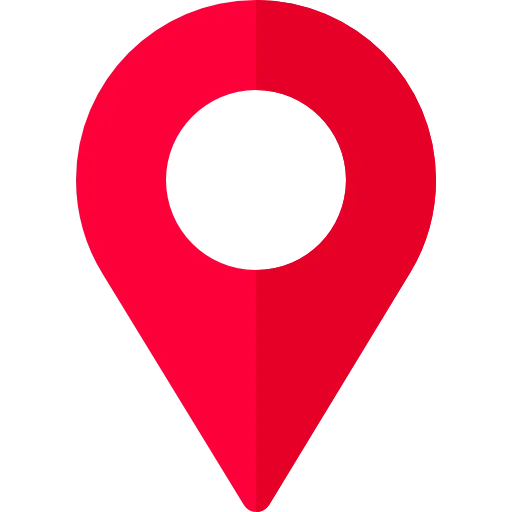Universal Timezone Converter
Your go-to world clock and date and date calculator for mastering global time difference, scheduling with our meeting scheduler, and planning across every time zone.
Overview
Discover an all-in-one world clock that doubles as a powerful date and date calculator and work time hours calculator. With our Universal Timezone Converter, you can instantly see time to Atlanta, check the current time in Nevada Reno, compare salt lake city time with home, or align with time in USA Connecticut. For a quick glance at multiple zones, enable the international time chart feature and view everyone at once.
How It Works
Our converter is built on live IANA data. Under the hood, the time zone converter logic employs the timezone data API to fetch accurate offsets and transitions. Here’s the process:
- Select a date and time (use our intuitive date and date calculator input).
- Type to search cities or offsets—for example, “time now Atlanta” or “UTC+1.”
- Choose zones; add “Houston Texas time now,” “time in Cancún,” or any other.
- Instantly view local times and compute the global time difference between regions.
- Reset or remove zones to start fresh at any time.
Key Features
- Multi-Zone Conversion: Run a live world clock across dozens of regions simultaneously.
- Instant Updates: Your chosen date/time and zones refresh in real time.
- Reset & Manage: Add, reorder, or clear zones with one click.
Usage Scenarios
Whether you’re a remote manager, traveler, or event planner, our converter adapts. Sample use cases include:
- Daily Stand-Ups: Schedule remote team meetings by calculating the global time difference between San Francisco, London, and Sydney.
- Travel Itineraries: Check local arrival times against home time using “salt lake city time” or “time to Atlanta” inputs.
- Customer Support: Plan shifts by comparing “Houston Texas time” with your local region.
- Virtual Events: Use the time zone converter logic to publish an accurate event timetable for an international audience.
Understanding Timezones
Timezones, originally devised for railway scheduling, now rely on geopolitical boundaries and longitudinal divisions. Core elements include:
- UTC Offsets: From UTC−12 to UTC+14—refer to our UTC offset guide for specifics.
- Daylight Saving Time: Regions adjust clocks seasonally—our tool auto-updates with DST rules.
- Historical Changes: Country legislation can shift offsets; we track these via the timezone data API.
Timezone Terminologies & Logic Explained
Understanding timezones requires a grasp of several key concepts and how they relate to geography and global timekeeping:
- Longitude: The Earth is divided into 360 degrees of longitude, running from the Prime Meridian (0° in Greenwich, UK) east and west. Each 15° of longitude typically represents a one-hour difference in local time.
- Latitude: While latitude (distance north or south of the equator) does not affect time directly, it influences daylight hours and the experience of seasons, which can impact local timekeeping practices.
- UTC (Coordinated Universal Time): The global standard for timekeeping. All timezones are defined as an offset from UTC (e.g., UTC+5:30 for India).
- Time Zone: A region where the same standard time is used. Timezones are often aligned with longitude but are adjusted for political and practical reasons.
- Daylight Saving Time (DST): Some regions adjust clocks forward or backward seasonally to make better use of daylight. Our tool automatically accounts for DST changes.
- Offset: The difference in hours and minutes from UTC (e.g., UTC-8 for Pacific Standard Time).
- IANA Timezone Database: The authoritative source for timezone definitions, including historical changes and daylight saving rules.
- International Date Line: An imaginary line, mostly along the 180° longitude, where the date changes by one day when crossed.
- Solar Time: The time based on the position of the sun in the sky, which was the original basis for local time before standard timezones were adopted.
Fun Facts
- First to New Year: Islands at UTC+14 celebrate before everyone else.
- Single-Timezone Giant: China spans five geographical zones but uses UTC+8 exclusively.
- Odd Offsets: Nepal (UTC+5:45) and Chatham Islands (UTC+12:45) break the hour mold.
- International Date Line: Crossing may change your calendar date twice in one day.
Ready to Convert?
Eliminate guesswork in global scheduling. Experience our Universal Timezone Converter—your ultimate meeting scheduler and world clock.




